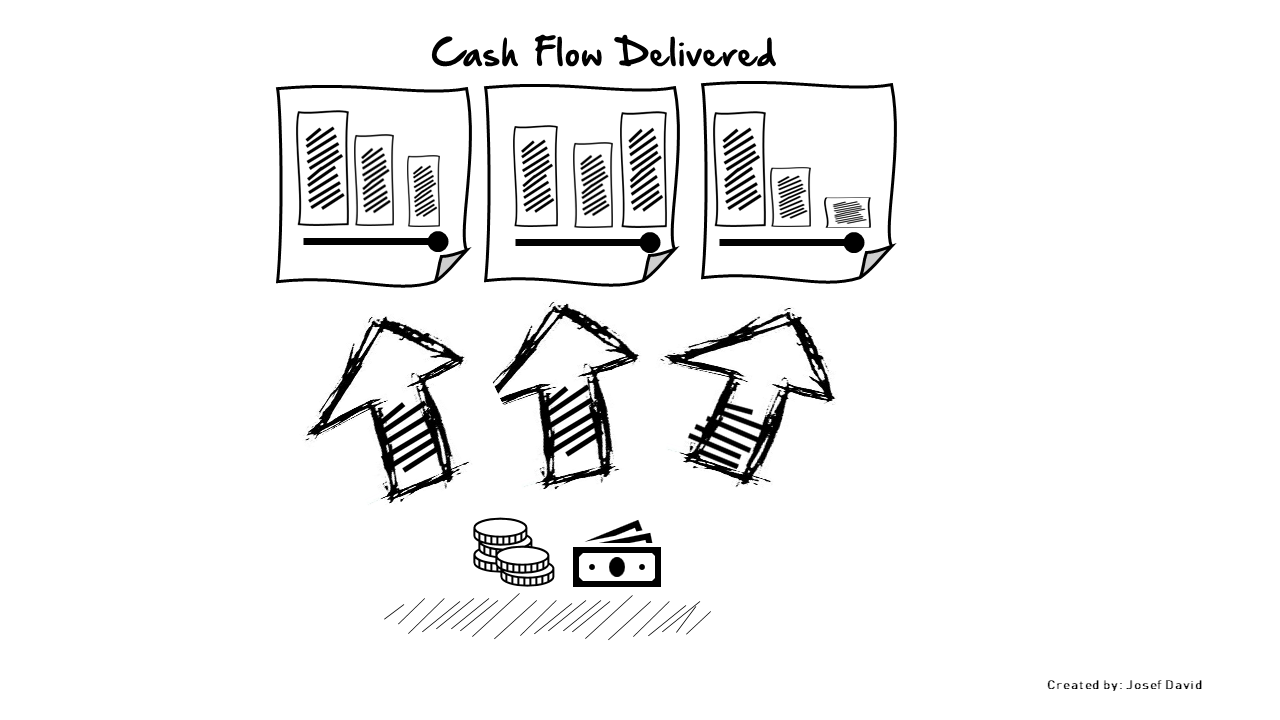Understanding Free Cash Flow
Free Cash Flow (FCF) is a financial metric that is widely used to measure a company’s financial performance and health. It represents the cash that a company is able to generate after accounting for the money required to maintain or expand its asset base. In simpler terms, it’s the cash left over after a company pays for its operating expenses and capital expenditures.
Free Cash Flow is crucial because it allows a company to pursue opportunities that enhance shareholder value, such as developing new products, making acquisitions, paying dividends, and reducing debt. It’s an important measure of profitability because it shows how efficiently a company is generating cash.
5 Businesses with Sustained High Free Cash Flow
1. Apple Inc.: Known for its innovative products, Apple has consistently maintained high free cash flow due to its strong sales and efficient operations.
2. Microsoft Corporation: With its diversified business model and strong market presence, Microsoft has been able to generate substantial free cash flow over the years.
3. Alphabet Inc.: The parent company of Google, Alphabet has a robust free cash flow thanks to its dominant position in the digital advertising market.
4. Amazon.com Inc.: Despite heavy investments in infrastructure and new businesses, Amazon has managed to maintain positive free cash flow due to its massive scale and operational efficiency.
5. Berkshire Hathaway Inc.: This conglomerate managed by Warren Buffet boasts of high free cash flow due to its diverse portfolio of businesses that span various industries.
Crafting a Sustained Free Cash Flow Strategy
To thrive sustained Free Cash Flow, businesses need to focus on increasing revenues, reducing costs, managing their working capital efficiently, and making prudent capital expenditure decisions. Here are some activities that can help:
1. Improve Operational Efficiency: Streamlining operations can help reduce costs and increase productivity, thereby boosting free cash flow.
2. Optimize Inventory Management: Efficient inventory management can reduce storage costs and prevent stockouts or overstock situations, improving cash flow.
3. Enhance Receivables Collection: Prompt collection of receivables ensures that cash is available for business operations.
4. Prudent Investment Decisions: Businesses should invest in projects that yield a higher return on investment to increase their free cash flow.
Getting Started to Thrive Your Sustained Free Cash Flow
To get started, businesses need to conduct a thorough analysis of their financial statements, specifically their cash flow statement. This will help them understand where their cash is coming from and where it’s going. They should then identify areas where they can increase efficiency or reduce costs.
Conclusion and Recommendation
In conclusion, Free Cash Flow is a vital measure of a company’s financial health. Businesses with high free cash flow are often well-positioned to invest in growth opportunities, weather economic downturns, and provide returns to shareholders.
To thrive sustained Free Cash Flow, businesses need to focus on improving operational efficiency, optimizing inventory management, enhancing receivables collection, and making prudent investment decisions. By doing so, they can not only enhance their profitability but also secure their long-term financial stability.
